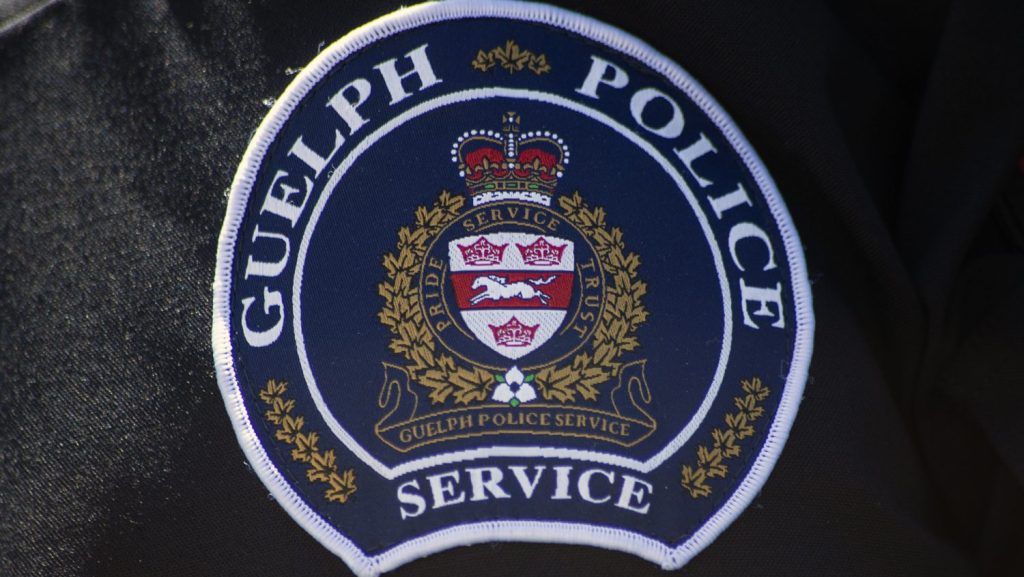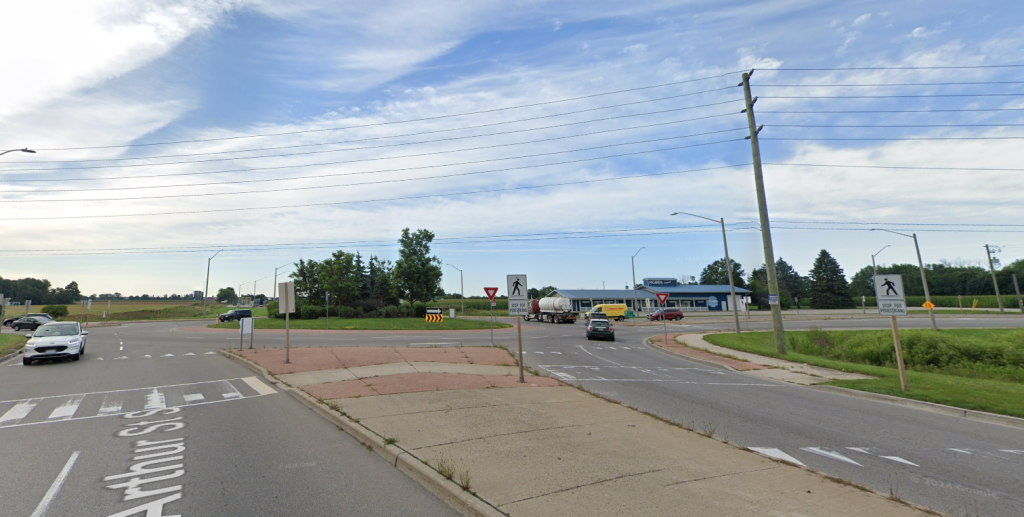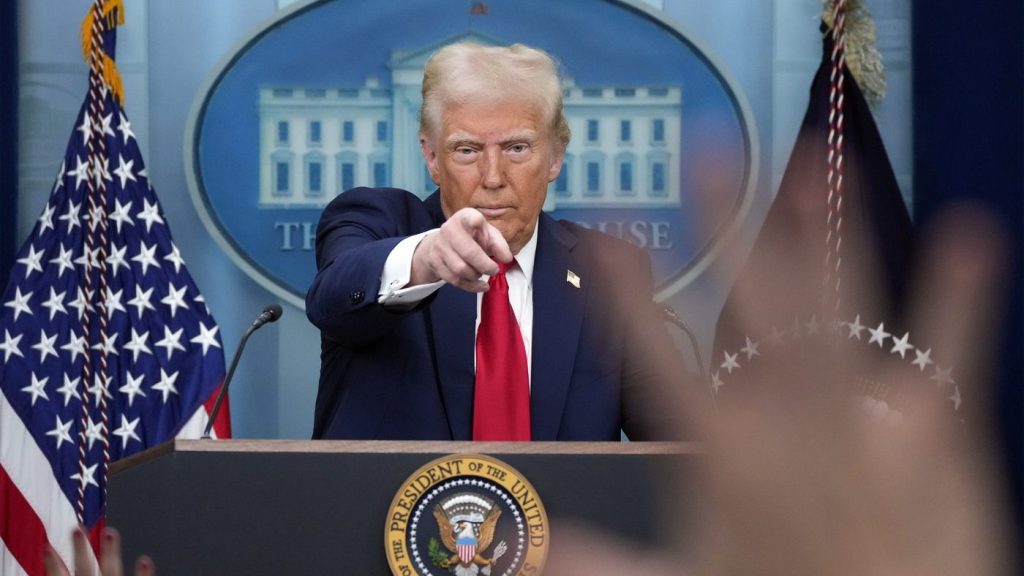Actor Gene Hackman, wife Betsy Arakawa and their dog were dead for some time, warrant shows
Posted Feb 27, 2025 04:08:55 AM.
Last Updated Feb 27, 2025 02:34:27 PM.
Oscar-winner Gene Hackman, his wife and their dog were found dead in different rooms of their Santa Fe home and had apparently been dead for some time, according to investigators.
Hackman, 95, was found dead Wednesday in a mudroom, and his 63-year-old wife, Betsy Arakawa, was found dead in a bathroom next to a space heater, Santa Fe County Sheriff’s Office detectives wrote in a search warrant. There was an open prescription bottle and pills scattered on a countertop near Arakawa.
Denise Avila, a sheriff’s office spokesperson, said there was no indication that any of them had been shot or had other types of wounds.
The New Mexico Gas Co. is working with the Santa Fe County Sheriff’s Department in the investigation, spokesperson Tim Korte told The Associated Press.
The utility tested the gas lines in and around the home after the bodies were discovered, according to the warrant. At the time, it didn’t find any signs of problems. A detective noted that people exposed to gas leaks or carbon monoxide may not show signs of poisoning, but also noted there were no obvious signs of a gas leak.
The Associated Press left email and phone messages Thursday for sheriff’s officials seeking more details. A spokesperson for the University of New Mexico Health Sciences Center, which runs the state’s medical examiner operations, declined to comment on whether the cause and manner of deaths had been determined.
A worker reported that the home’s front door was open when he arrived for routine maintenance and that he called police after finding the bodies. Two workers told police that they rarely saw the homeowners and that their last contact with them had been about two weeks earlier.
A dead German shepherd was found in a bathroom closet near Arakawa, police said. Two healthy dogs were found on the property.
Hackman’s illustrious acting career
Hackman was a frequent and versatile presence on screen from the 1960s until his retirement. His dozens of films included the Academy Award favorites “The French Connection” and “Unforgiven,” a breakout performance in “Bonnie and Clyde,” a classic bit of farce in “Young Frankenstein,” a turn as the comic book villain Lex Luthor in “Superman” and the title character in Wes Anderson’s 2001 “The Royal Tenenbaums.”
He seemed capable of any kind of role — whether an uptight buffoon in “Birdcage,” a college coach finding redemption in the sentimental favorite “Hoosiers” or a secretive surveillance expert in Francis Ford Coppola’s Watergate-era release “The Conversation.”
Although self-effacing and unfashionable, Hackman held special status within Hollywood — heir to Spencer Tracy as an every man, actor’s actor, curmudgeon and reluctant celebrity. He embodied the ethos of doing his job, doing it very well, and letting others worry about his image. Beyond the obligatory appearances at awards ceremonies, he was rarely seen on the social circuit and made no secret of his disdain for the business side of show business.
“Actors tend to be shy people,” he told Film Comment in 1988. “There is perhaps a component of hostility in that shyness, and to reach a point where you don’t deal with others in a hostile or angry way, you choose this medium for yourself … Then you can express yourself and get this wonderful feedback.”
The French Connection remembered as masterpiece
He was an early retiree — essentially done, by choice, with movies by his mid-70s — and a late bloomer. Hackman was 35 when cast for “Bonnie and Clyde” and past 40 when he won his first Oscar, as the rules-bending New York City detective Jimmy “Popeye” Doyle in the 1971 thriller about tracking down Manhattan drug smugglers, “The French Connection.”
Jackie Gleason, Steve McQueen and Peter Boyle were among the actors considered for Doyle. Hackman was a minor star at the time, seemingly without the flamboyant personality that the role demanded. The actor himself feared that he was miscast. A couple of weeks of nighttime patrols of Harlem in police cars helped reassure him.
One of the first scenes of “The French Connection” required Hackman to slap around a suspect. The actor realized he had failed to achieve the intensity that the scene required, and asked director William Friedkin for another chance. The scene was filmed at the end of the shooting, by which time Hackman had immersed himself in the loose-cannon character of Popeye Doyle. Friedkin would recall needing 37 takes to get the scene right.
“I had to arouse an anger in Gene that was lying dormant, I felt, within him — that he was sort of ashamed of and didn’t really want to revisit,” Friedkin told the Los Angeles Review of Books in 2012.
The most famous sequence was dangerously realistic: A car chase in which Det. Doyle speeds under elevated subway tracks, his brown Pontiac (driven by a stuntman) screeching into areas that the filmmakers had not received permits for. When Doyle crashes into a white Ford, it wasn’t a stuntman driving the other car, but a New York City resident who didn’t know a movie was being made.
Hackman also resisted the role which brought him his second Oscar. When Clint Eastwood first offered him Little Bill Daggett, the corrupt town boss in “Unforgiven,” Hackman turned it down. But he realized that Eastwood was planning to make a different kind of Western, a critique, not a celebration of violence. The film won him the Academy Award as best supporting actor of 1992.
“To his credit, and my joy, he talked me into it,” Hackman said of Eastwood during an interview with the American Film Institute.
Hackman grew up in a dysfunctional family
Hackman played super-villain Lex Luthor opposite Christopher Reeve in director Richard Donner’s 1978 “Superman,” a film that established the prototype for the modern superhero movie. He also starred in two sequels.
Eugene Allen Hackman was born in San Bernardino, California, and grew up in Danville, Illinois, where his father worked as a pressman for the Commercial-News. His parents fought repeatedly, and his father often used his fists on Gene to take out his rage. The boy found refuge in movie houses, identifying with such screen rebels as Errol Flynn and James Cagney as his role models.
When Gene was 13, his father waved goodbye and drove off, never to return. The abandonment was a lasting injury to Gene. His mother had become an alcoholic and was constantly at odds with her mother, with whom the shattered family lived (Gene had a younger brother, actor Richard Hackman). At 16, he “suddenly got the itch to get out.” Lying about his age, he enlisted in the U.S. Marines. In his early 30s, before his film career took off, his mother died in a fire started by her own cigarette.
“Dysfunctional families have sired a lot of pretty good actors,” he observed ironically during a 2001 interview with The New York Times.
His brawling and resistance to authority led to his being demoted from corporal three times. His taste of show business came when he conquered his mic fright and became disc jockey and news announcer on his unit’s radio station.
With a high school degree he earned during his time as a Marine, Hackman enrolled in journalism at the University of Illinois. He dropped out after six months to study radio announcing in New York. After working at stations in Florida and his hometown of Danville, he returned to New York to study painting at the Art Students League. Hackman switched again to enter an acting course at the Pasadena Playhouse.
Back in New York, he found work as a doorman and truck driver among other jobs waiting for a break as an actor, sweating it out with such fellow hopefuls as Robert Duvall and Dustin Hoffman. Summer work at a theater on Long Island led to roles off-Broadway. Hackman began attracting attention from Broadway producers, and he received good notices in such plays as “Any Wednesday,” with Sandy Dennis, and “Poor Richard,” with Alan Bates.
During a tryout in New Haven for another play, Hackman was seen by film director Robert Rossen, who hired him for a brief role in “Lilith,” which starred Warren Beatty and Jean Seberg. He played small roles in other films, including “Hawaii,” and leads in television dramas of the early 1960s such as “The Defenders” and “Naked City.”
When Beatty began work on “Bonnie and Clyde,” which he produced and starred in, he remembered Hackman and cast him as bank robber Clyde Barrow’s outgoing brother. Pauline Kael in the New Yorker called Hackman’s work “a beautifully controlled performance, the best in the film,” and he was nominated for an Academy Award as supporting actor.
Hackman nearly appeared in another immortal film of 1967, “The Graduate.” He was supposed to play the cuckolded husband of Mrs. Robinson (Anne Bancroft), but director Mike Nichols decided he was too young and replaced him with Murray Hamilton. Two years later, he was considered for what became one of television’s most famous roles, patriarch Mike Brady of “The Brady Bunch.” Producer Sherwood Schwartz wanted Hackman to audition, but network executives thought he was too obscure. (The part went to Robert Reed).
Hackman’s first starring film role came in 1970 with “I Never Sang for My Father,” as a man struggling to deal with a failed relationship with his dying father, Melvyn Douglas. Because of Hackman’s distress over his own father, he resisted connecting to the role.
In his 2001 Times interview, he recalled: “Douglas told me, `Gene, you’ll never get what you want with the way you’re acting.’ And he didn’t mean acting; he meant I was not behaving myself. He taught me not to use my reservations as an excuse for not doing the job.” Even though he had the central part, Hackman was Oscar-nominated as supporting actor and Douglas as lead. The following year he won the Oscar as best actor for “The French Connection.”
Through the years, Hackman kept working, in pictures good and bad. For a time he seemed to be in a contest with Michael Caine for the world’s busiest Oscar winner. In 2001 alone, he appeared in “The Mexican,” “Heartbreakers,” “Heist,” “The Royal Tenenbaums” and “Behind Enemy Lines.”
But by 2004, he was openly talking about retirement, telling Larry King he had no projects lined up. His only credit in recent years was narrating a Smithsonian Channel documentary, “The Unknown Flag Raiser of Iwo Jima.”
In 1956, Hackman married Fay Maltese, a bank teller he had met at a YMCA dance in New York. They had a son, Christopher, and two daughters, Elizabeth and Leslie, but divorced in the mid-1980s. In 1991 he married Betsy Arakawa, a classical pianist.
When not on film locations, Hackman enjoyed painting, stunt flying, stock car racing and deep sea diving. In his latter years, he wrote novels and lived on his ranch in Sante Fe, New Mexico, on a hilltop looking out on the Colorado Rockies, a view he preferred to his films that popped up on television.
“I’ll watch maybe five minutes of it,” he once told Time magazine, “and I’ll get this icky feeling, and I turn the channel.”








